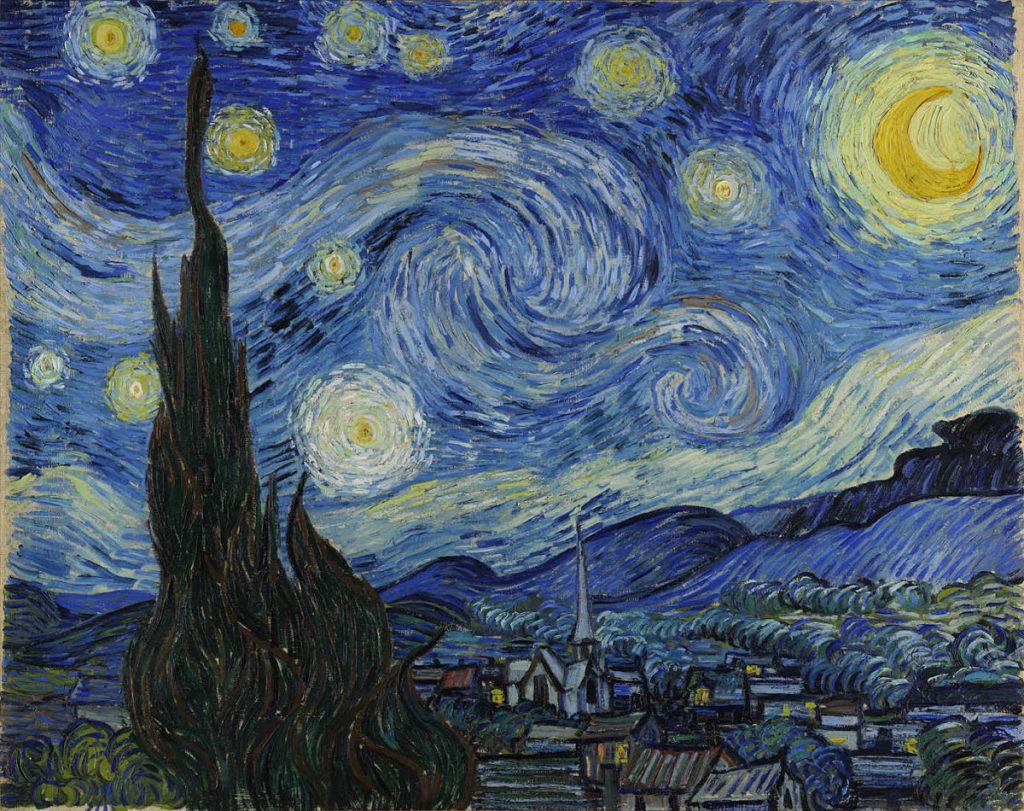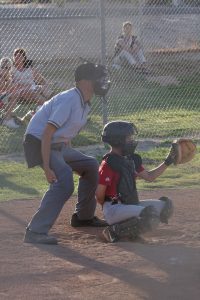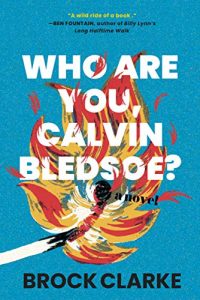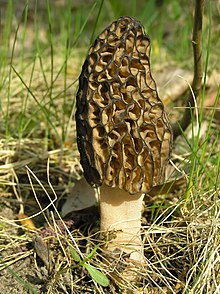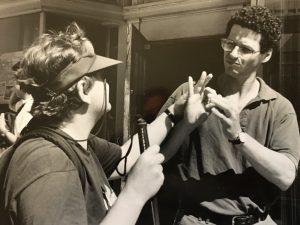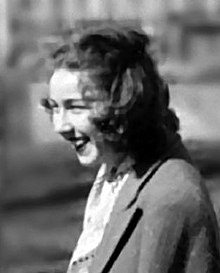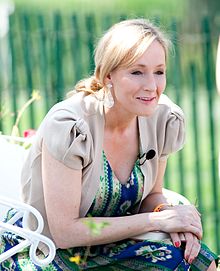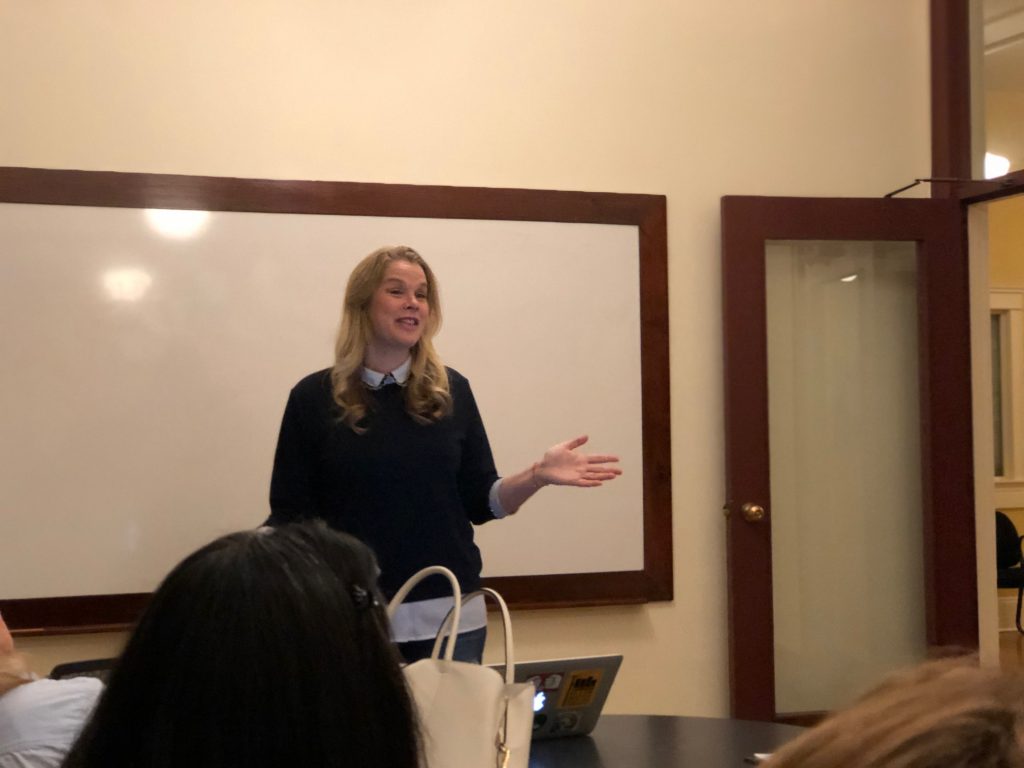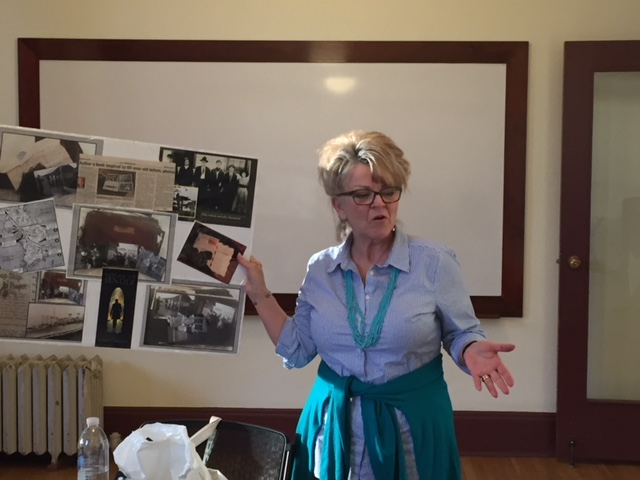Travel writing is one of the most satisfying and diverting kinds of writing. It calls on all of the skills of a creation nonfiction writer—dramatic scenes, character sketches, concrete detail, point of view, scene by scene construction. It’s very difficult to do well, but here are 10 tips for succeeding at it.
- MAKE DESTINATION ATTRACTIVE: Make the place sound appealing – Though you can occasionally trash a destination in some publications, most publications insist on painting a positive picture of the place. Why else would a reader bother finishing story?
- FOCUS ON ITS UNIQUENESS– Try to describe what makes the place distinctive and particular. Avoid talk about sunsets and vistas unless they’re very specific to the place.
- AVOID CLICHES– Much travel writing is simply riddled with clichés: charming, rustic, romantic, etc. Try to find fresh descriptions of the place.
- CREATE ONE DOMINANT IMPRESSION – What one idea do you want to leave with the reader about your trip to Katmandu? You can include a myriad of details about the cows, the scooters, the chock-a-block brick buildings, but make sure that they add up to one central idea of the place. Chaos? Rich cultural heritage? At the brink of civil war? Pick one and go with it.
- SEEK OUT DRAMA, EPIPHANIES – If you’re writing a story about Puerto Vallarta, don’t simply wander around like a tourist and write about your sore feet and aching back. Instead, actively seek out situations which will demonstrate the color and uniqueness of the place. Book a trip with Pedro, the local guide, rather than the big, glitzy resort package. Pedro will more likely yield a rich and colorful story. Example: I booked a fishing trip on board a local boat out of Ixtapa, rather than on board and a big American Cabin Cruiser.
- If you’d like to learn more about travel writing, sign up for my winter class, Follow the Story, or my Travel Writing in Provence Class.
 The Writer's Workshop
The Writer's Workshop 